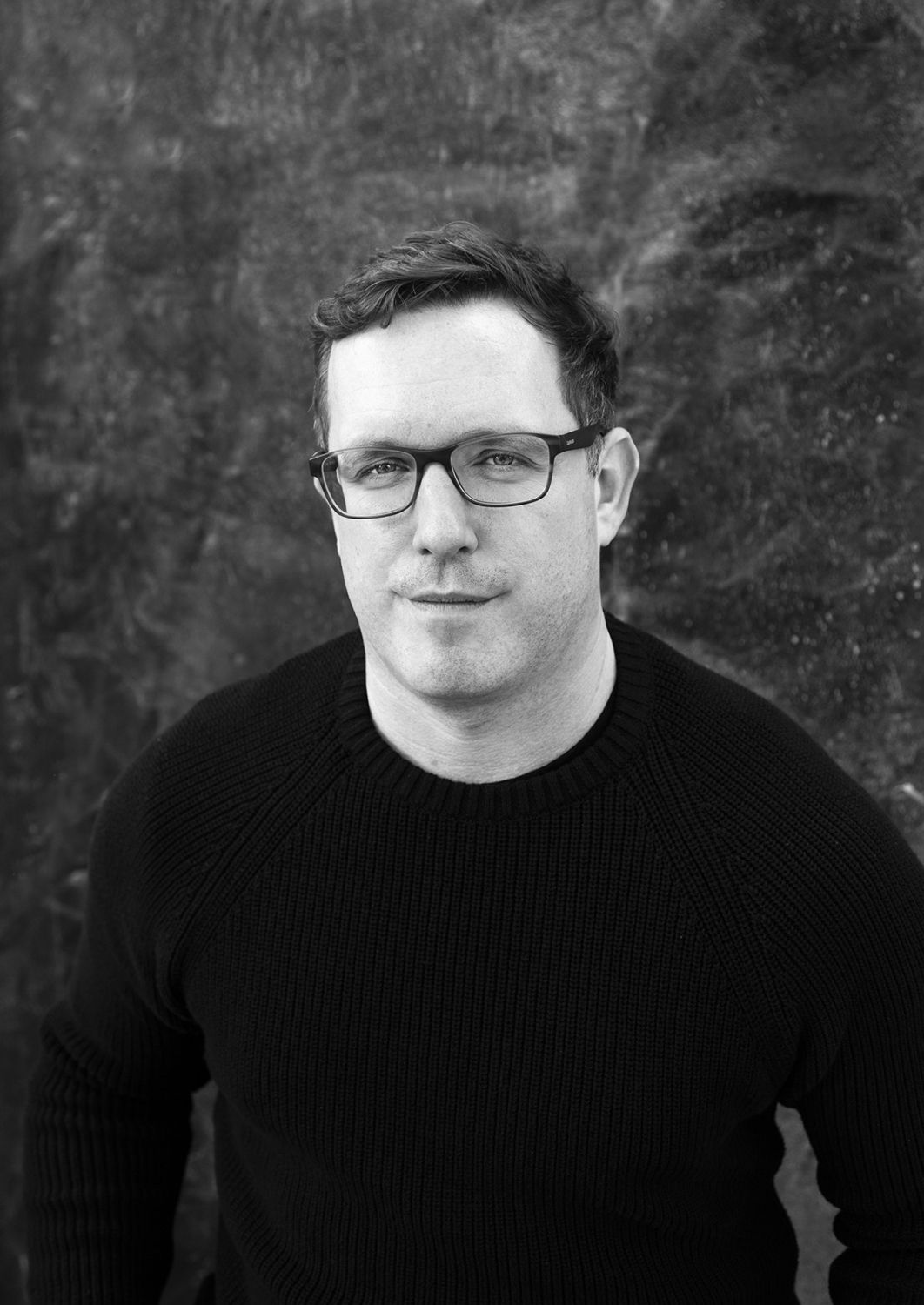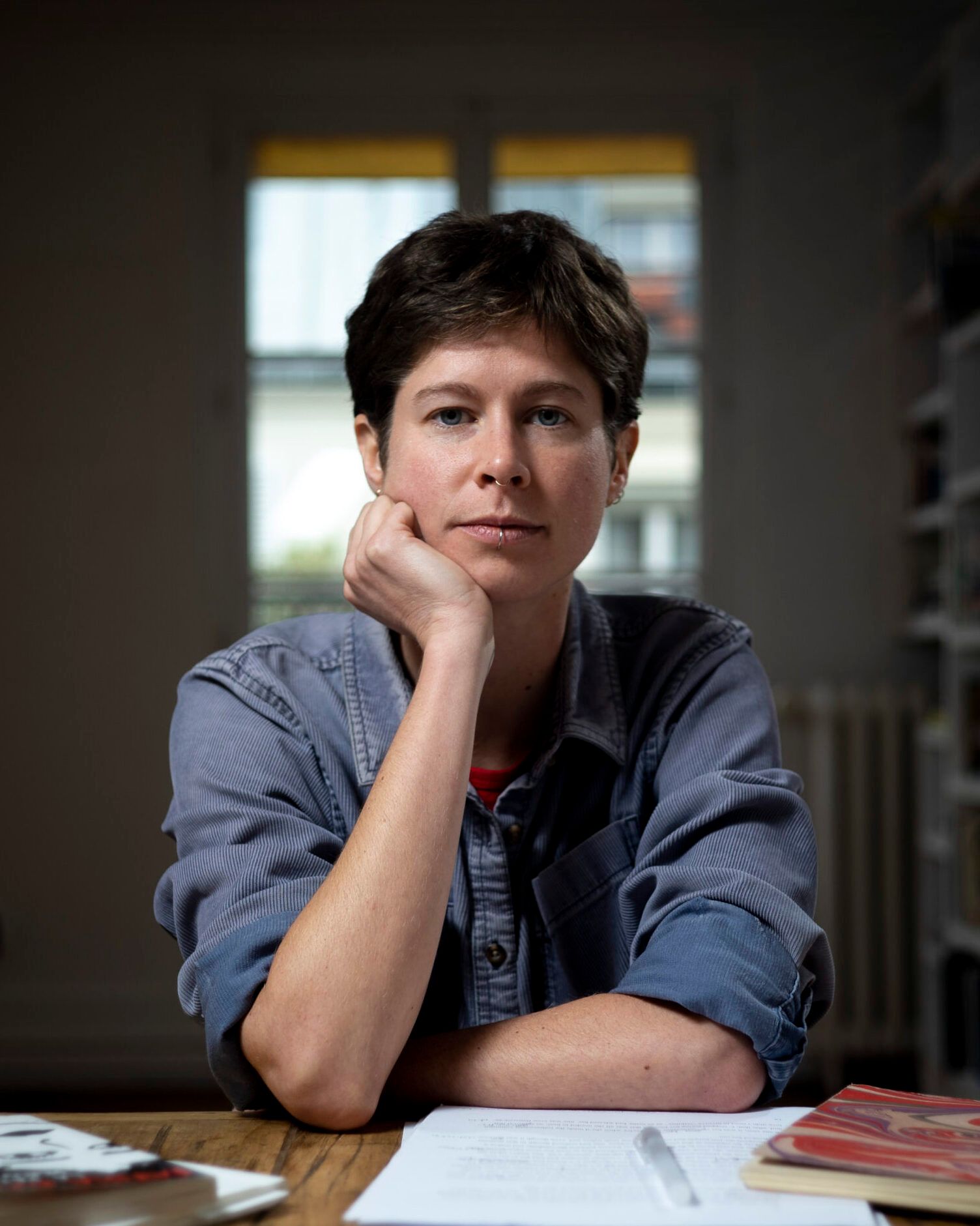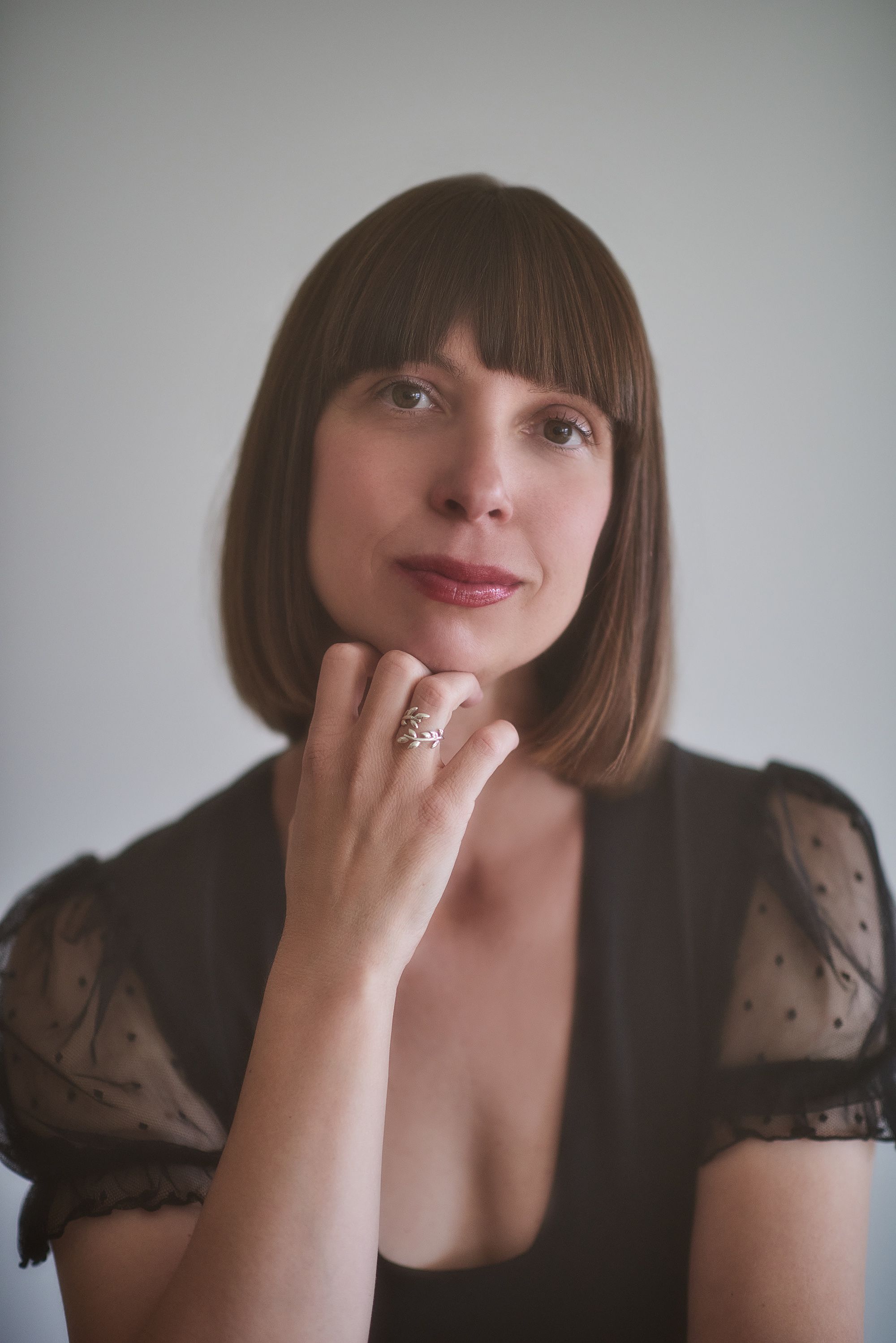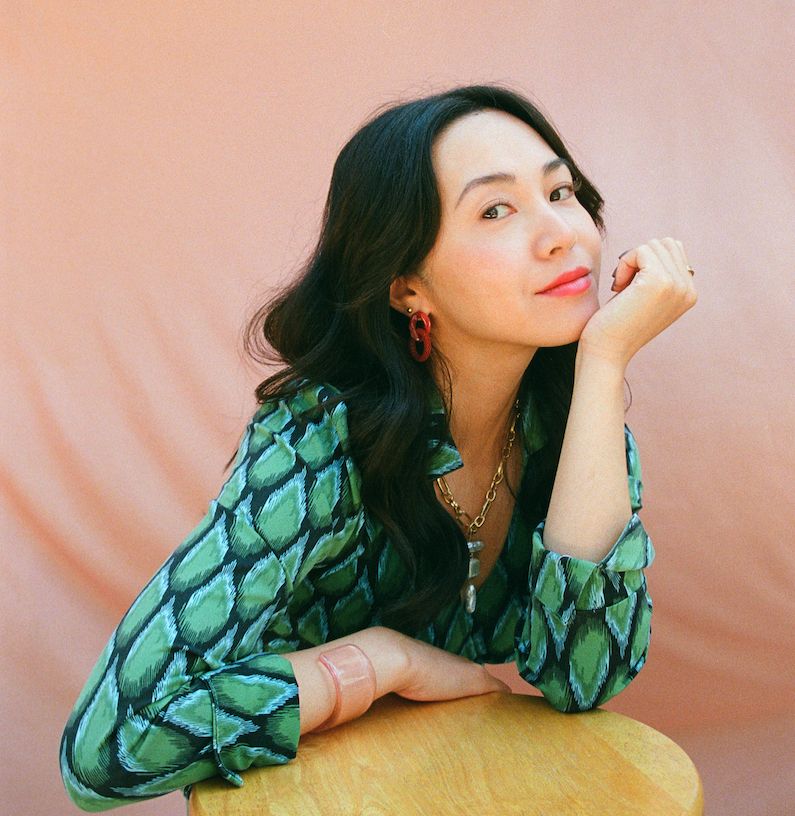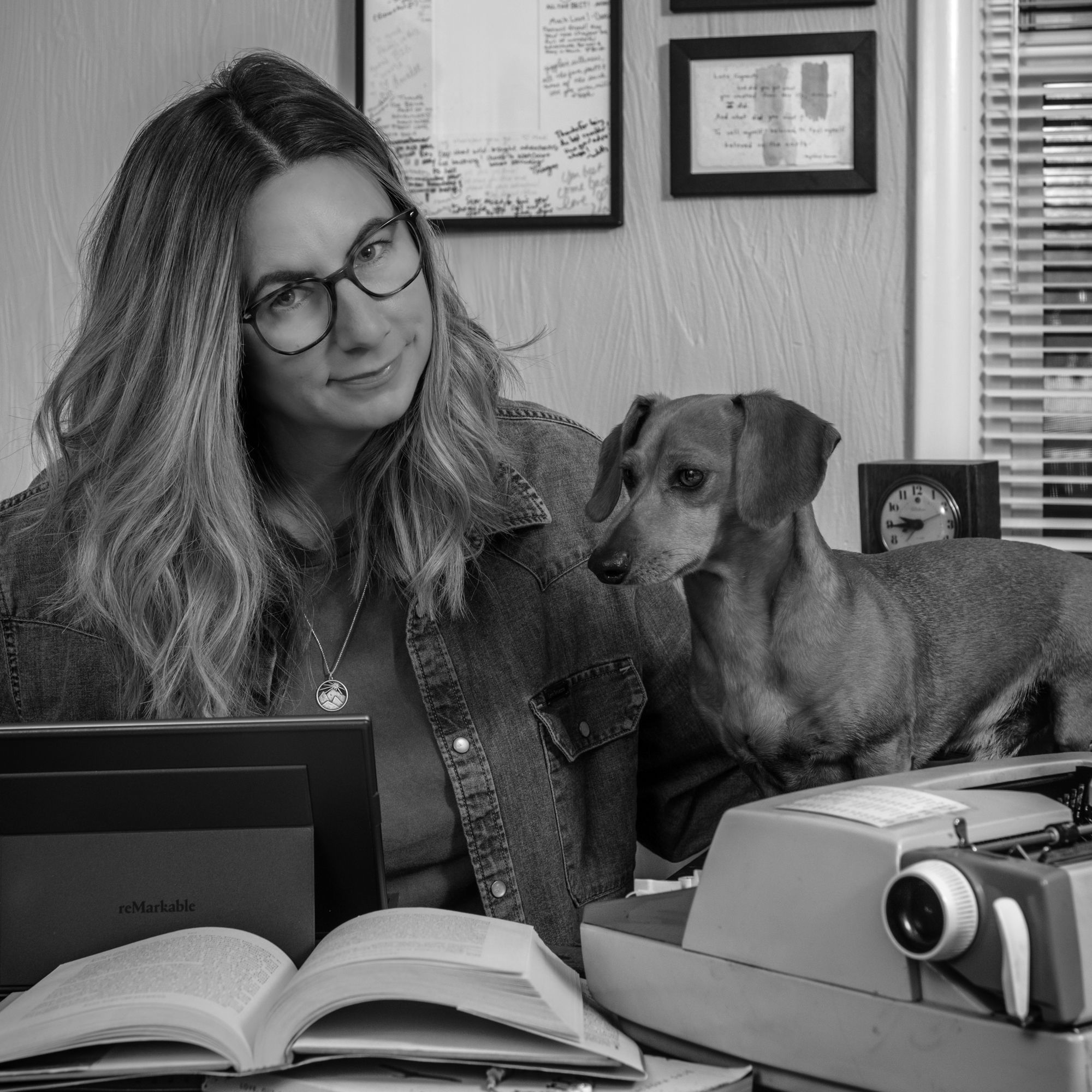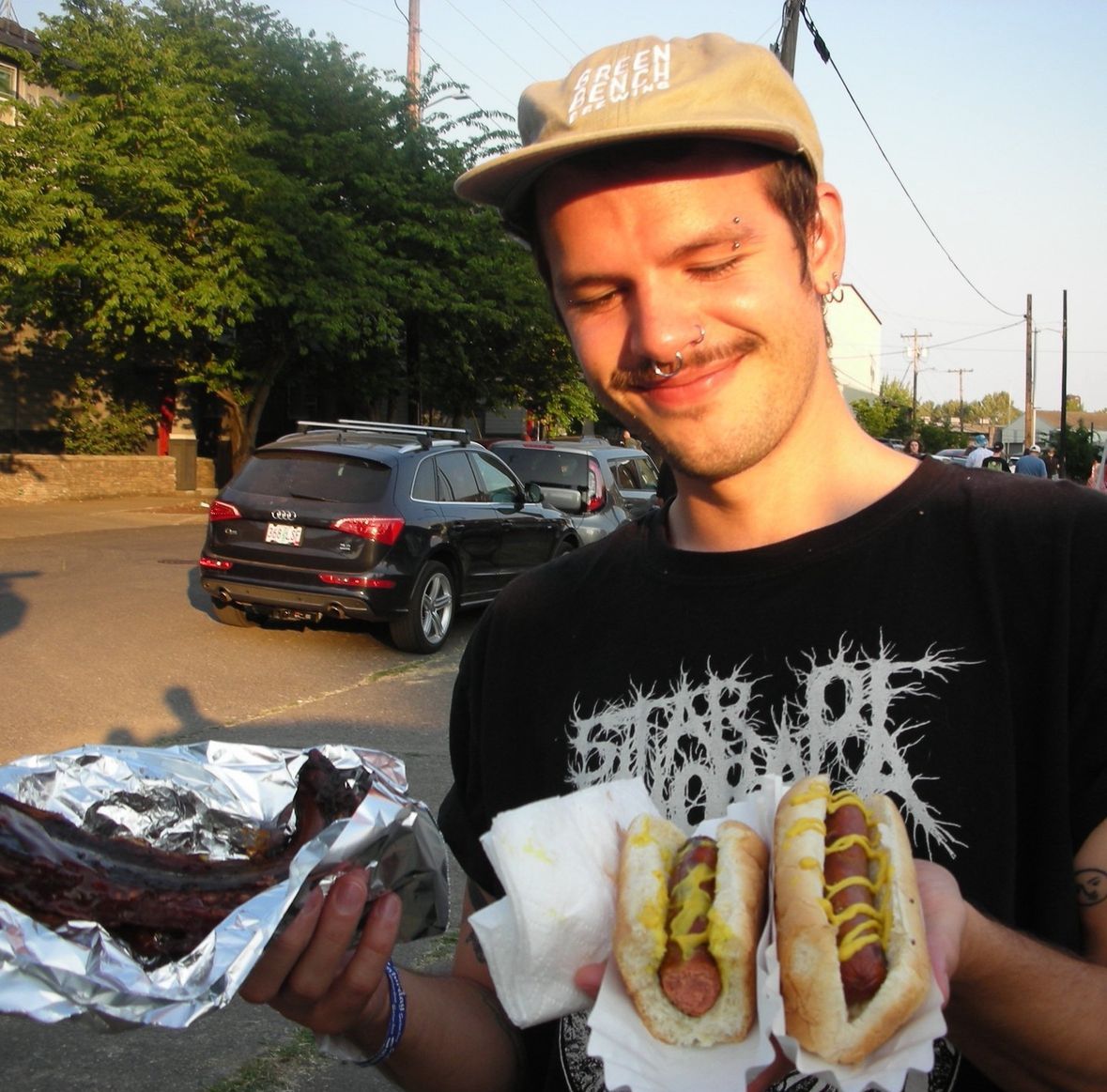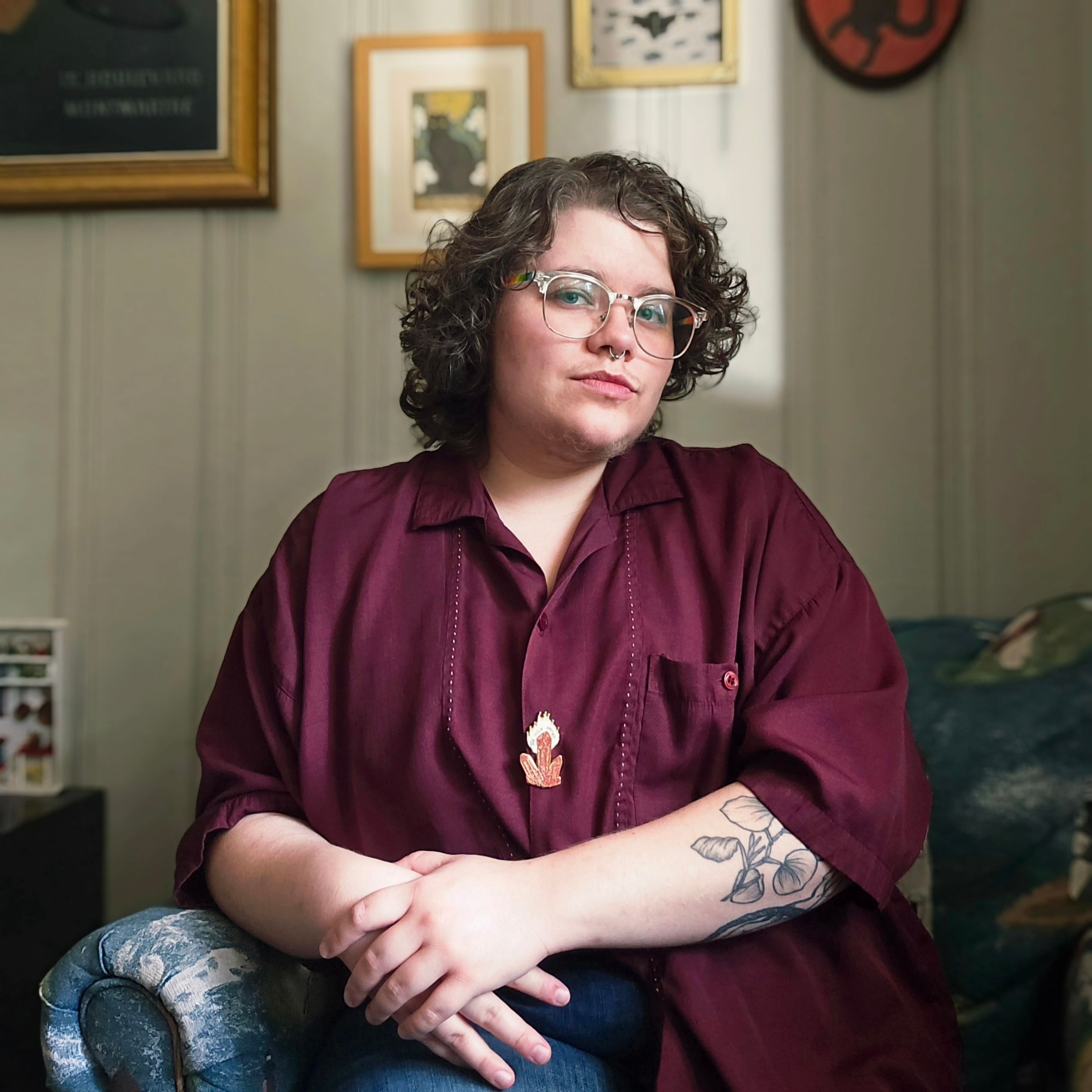Best known for Epitaph for a Peach (a Julia Child Cookbook Award winner and James Beard Foundation Food Writing Award finalist), David “Mas” Masumoto is a third generation, Sansei, organic farmer of peaches, nectarines, apricots, and grapes for raisins on his family farm in the Central Valley of California. I first came across his work in the essay anthology Colors of Nature: Culture, Identity and the Natural World, edited by Alison Deming and Lauret Savoy. Mas has also published numerous memoirs including Harvest Son and Five Seasons in Five Senses. His latest is Secret Harvests: A Hidden Story of Separation and the Resilience of a Family Farm, a memoir about discovering Shizuko–an aunt with disabilities, long thought dead–living not far from the family farm. I talked with Mas about Secret Harvests and his writing life over Zoom; this is a condensed version of our conversation.
Family Secrets, Wonder, and 3 x 5 Cards: A Conversation with David Mas Masumoto
Family Secrets, Wonder, and 3 x 5 Cards: A Conversation with David Mas Masumoto

Jen Graney: Why was it important for you to write Secret Harvests? When did you know you had to write it?
Mas Masumoto: The story really came to me because, as I write in the book, I had no idea this aunt even existed. I started writing and went through a total of 65 drafts. Some were minor changes but others were huge. Sort of like a timeline evolution. Draft 15, I thought I had something, shared it with some friends, went in a completely different direction. Draft 36, I sent it off to some publishers, got some great responses, and it was almost picked up by a major publisher. But something was a little off.
I got some great advice from a good friend of mine. She said, “Mas, this story isn’t about Shizuko. It’s about you.” And I went, let me think about that. And it shifted the tone and the direction of the book, where instead of not knowing much, because we couldn’t find records, it’s like, what’s my response to this? What’s my response to family? What’s my response to history? So that’s when I really realized I had to write this. Because I needed to explore it for myself.
JG: Your descriptions of Shizuko are so brilliant and shining. Especially towards the first section, you have these passages that imagine her as a baby and as a child on the farm, and you’ve got such great sensory detail in there. I’m wondering if you could talk a bit about how you got into the frame of mind for that or how you approached it.
MM: I began my writing and farming career as a journalist. And back when newspapers were read a lot more, I would get pieces in a lot of newspapers, wrote for the Fresno Bee on and off for 40 years. The challenge for me with journalists is they really want facts. They want actual detail. And what struck me with this Shizuko [story] is, we're going to have these big holes. I don’t know what it was like, and my mom, my aunt, my uncle either wouldn’t tell me or didn’t remember what it was like.
So I thought about that and I started thinking, well wait a minute, I know what it’s like to grow up on a farm. And I raised our daughter and son on a farm, so I know what that’s like. And now we have a granddaughter and I have these images of what it’s going to be like with her and I walking through the fields. What it’s going to be like when she lays on a pile of leaves and the dirt and feels the dirt, and I go, this is what Shizuko was.
And it got me thinking on the theme of disabilities and our images [of people] with disabilities. We think of them as being zombie-like, that they’re just static, that they’re comatose. No, they aren’t! They’re full of life! It’s just not the “typical” life, so to speak. So what was life like for Shizuko? What was her physical life like? And that’s what got me realizing the power of emotions and imagination when we think of our family stories and family history. Just because we don’t have a picture of someone doesn’t mean they didn’t exist.
JG: When you were younger, you studied in Japan for a while, and when you came back to America you started conducting interviews. You write that those oral histories created a lot of the foundation for much of your writing and stories. I’m curious if you still do this and if you have any tips or techniques that you use, especially when capturing, or as you put it, “farming” memories.
MM: I do it all the time. Probably because being trained as a journalist, you ask questions. But then also, being a creative writer, it was always wonder that got mixed in with that. Journalists don’t wonder enough, I think. And they need to wonder. So for me being curious and asking questions is essential.
And if there is a tip: the key question in any kind of oral history or any kind of conversation is the second or third question. Most of the time we ask one question, how are you doing or hey, I heard this. But we don’t ask the second question and the third question, and usually that gets down to that emotional level.
The other part was listening for the unspoken. The way language is done in Japan, it’s actually geared around the unspoken. You could say something and then there’s a slight change in something, how something is spoken, and a pause–and that’s where a lot of the meaning is. And culturally, that’s where you either understand what that silence meant, or that pause, or…you don’t. [laughs.]
JG: Describe your writing life for us. I know you’re in your basement office there. I’m curious how often you write. You mention taking a lot of notes, do you carry a little notebook around or…?
MM: Oh yeah, I carry little 3 x 5 cards in my pocket all the time, and I scribble notes on them that talk about different things, thoughts. Some of it is more farm [related], like, oh yeah I gotta replant that one tree and I make a note of it. But right next to it may be some observation about how my grafting skills are getting better. And here I’m almost 70 and I’ve been grafting for 40 years and I’m probably at a C+ [laughs]. But think about it! You only graft once, and you mess up, you gotta wait ‘til the next year to practice that again. So I write a note about why some grafts took and why some didn't. Me and my speculation.
Writing is very similar! It’s this craft that you’re constantly working on. I try to write every day at least a little and certainly farming lends itself to writing because we have perennial crops. My wife grew up on a goat dairy [farm] and she milked twice a day every day of the year and I don’t know how you do your writing and have a goat dairy [farm]. But trees and vines, they go into dormancy. And winter nights are much longer. And that’s when I can get a lot of my work done, during that off season, when I don’t feel guilty about not being outside. I do a lot of note taking, sort of like how a painter would do sketches and then bring them into their studio and that’s when they do their artwork, it’s very similar with me: it’s during the spring, summer, and fall that I would write these notes and then circle back. Ironically, the pandemic allowed me to write this book, because it gave me the time to probe pretty deep into family secrets.
JG: I’m curious to hear what you’re reading or watching or listening to.
MM: I read a lot of different material and it’s scattered. I’m reading a graphic novel right now and trying to understand how graphic novels work. One of the things I’ve been really interested in is that movie Everything Everywhere All At Once with parallel universes. And I love that idea and it hit me–obviously I didn’t know about the movie when I was writing the Shizuko book, but we lived in these parallel universes. She was here and she ended up being a few miles from our farm for the last 40 years and it was like parallel universes [holds hands parallel to each other]and suddenly “boop!” [brings hands together and interlaces fingers] they crossed paths. It’s this amazing notion. So that's got me intrigued and trying to again think of the visual nature of how stories are told and how this has the same type of thematic idea of parallel universes and how they kind of cross and don’t cross at the same time.
JG: I’m sure other people have said this, but Secret Harvests could totally be a movie.
MM: It would be fun! It would be really fun. Also is the idea of how–and this is what I like about art–different artists or filmmakers would explore different things that I can’t as a writer. I could write and put in a pause, right, but a filmmaker could elevate that at a totally different level, and add in music. I’m really intrigued by that kind of art form. Perhaps if I was younger I would have been a filmmaker.
The other thing, not to get too complicated, but I think literature is taking this new form where it’s not just books. It’s like your publication; it could be something that’s just posted online and it has a wonderful power to it too.
Mas and his daughter Nikiko Masumoto have a children’s book slated to come out in 2025. The working title is Every Peach is a Story.
Secret Harvests is available now through Red Hen Press.
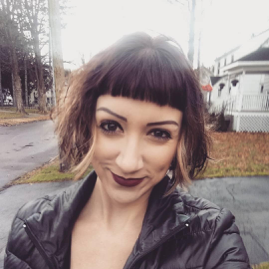
Jen Graney
author
Jen Graney is an MFA candidate in Creative Nonfiction at VCFA and the Library Director at Cortland Free Library in Central New York. She started her writing career at the alt-weekly City Newspaper in Rochester, NY and is currently working on a book of essays. She is also a musician, her latest project being with the band–wait for it–Reading Material.


